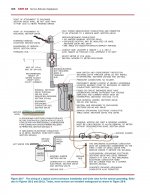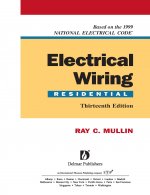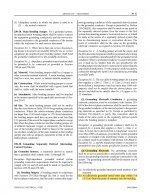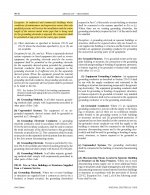You only need to bond around non conductive parts that are in the Grounding Electrode pathway between the Grounding Electrode Conductor's point of connection to the water piping and it's underground portion. If there is a water meter that is not mounted on a meter mount, A pressure reducing valve that has insulating connection ports, or any other thing that breaks the continuity of the water pipe but are not between the point of connection of the EGC and the underground portion of the piping do not have to be bonded around. You always have to bond around an electric water heater in a metallic piping system because both the cold water supply connection and the hot water discharge connections are piping that are likely to become energized.
Tom Horne




